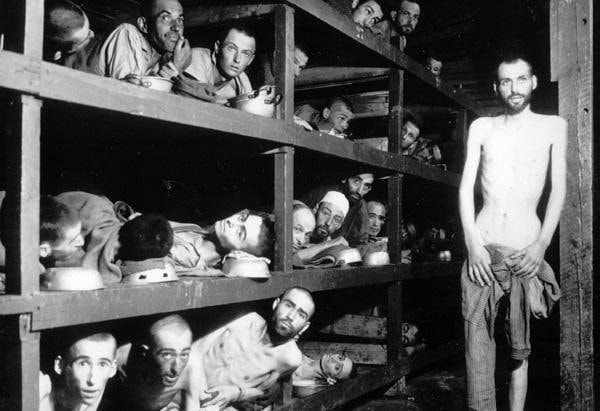The Holocaust was "the systematic, bureaucratic, state-sponsored persecution and murder of six million Jews by the Nazi regime and its collaborators"(USHMM, 2017). The genesis of the word, Holocaust, is originally of Greek origin meaning "sacrifice by fire." The Nazis, who came to power in Germany in January 1933, believed that the German people were "racially superior" and that Jews and others were "inferior," an alien threat to the so-called German racial community (USHMM, 2017).
The Nazis did not limit persecution to just Jews, but other groups as well. During the time of the Holocaust, The Nazi regime targeted other groups because of their perceived "racial inferiority": Roma (known as Gypsies), the disabled, and Slavic peoples (representing the Poles, Russians, and others). Also, the Nazis persecuted on political, ideological, and behavioral grounds, which includes Communists, Socialists, Jehovah's Witnesses, and homosexuals (USHMM, 2017).
In the early years of the Nazi regime, the National Socialist government built concentration camps to detain both real and imagined political and ideological opponents of Nazi Germany. During the years before the Blitzkrieg, SS and police officials incarcerated Jews, Roma, and other victims of ethnic and racial hatred in concentration camps. The Germans and their supporters of the Holocaust created ghettos (neighborhoods for Jews), transit camps, and forced-labor camps during the war. Lastly, the Nazi regime established forced-labor camps, both in the Greater German Reich for Jews and other 'undesirables', and in German-occupied territory, specifically for non-Jews whose labor the Germans would exploit (USHMM, 2017).
In the end, approximately 6 million Jews died in the Holocaust as part of the "Final Solution", the Nazi policy to murder the Jews of Europe. That number represents two-thirds of the Jewish population that existed in 1933. In addition, 7 million Soviet civilians and 3 million Soviet prisoners of war died. The numbers continue to be staggering. 1.8 million non-Jewish Polish civilians. A quarter of a million people with disabilities. Lastly, about 312,000 non Serbian civilians (USHMM, 2017). The Holocaust is history's most devastatingly orchestrated loss of life and persecution, driven by pure hate.
In the end, approximately 6 million Jews died in the Holocaust as part of the "Final Solution", the Nazi policy to murder the Jews of Europe. That number represents two-thirds of the Jewish population that existed in 1933. In addition, 7 million Soviet civilians and 3 million Soviet prisoners of war died. The numbers continue to be staggering. 1.8 million non-Jewish Polish civilians. A quarter of a million people with disabilities. Lastly, about 312,000 non Serbian civilians (USHMM, 2017). The Holocaust is history's most devastatingly orchestrated loss of life and persecution, driven by pure hate.
USHMM. (2017). United States Holocaust Memorial Museum. Introduction to the Holocaust. Retrieved from: https://www.ushmm.org/wlc/en/article.php?ModuleId=10005143



